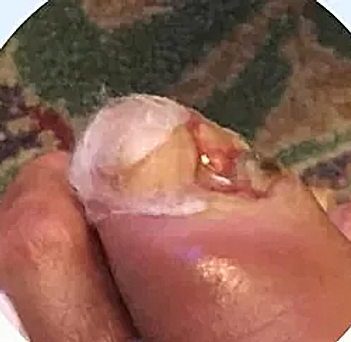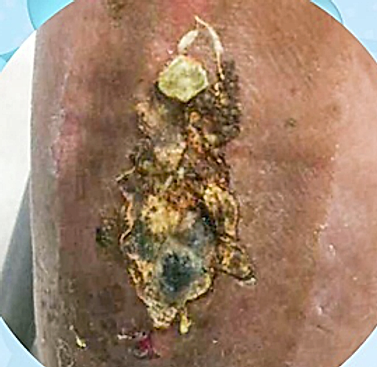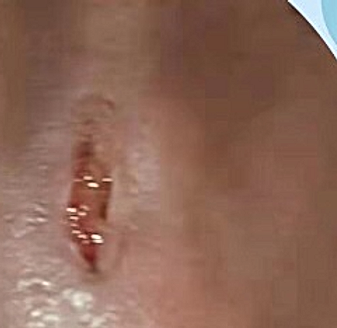A hard-to-heal wound has been defined as one that fails to heal with standard therapy in an orderly and timely manner.
This definition applies equally to both acute and chronic wounds and is independent of the wound type and etiology. Many wounds, particularly those in an elderly population with significant comorbidities, prove challenging to manage. Audit data from both Bradford2-5 and Hull6,7 has demonstrated that delayed healing occurs in a variety of wound types.
Although delayed healing appears to be common, it is frequently not recognised early enough and can pose a major problem, increasing clinical workloads and costs.
Diabetic Foot Ulcers
A diabetic foot ulcer is an open sore or wound that occurs in approximately 15 percent of patients with diabetes and is commonly located on the bottom of the foot. Of those who develop a foot ulcer, 6 percent will be hospitalized due to infection or other ulcer-related complication.
Diabetic Foot Pain and Ulcers
Foot ulcers are a common complication of poorly controlled diabetes, forming as a result of skin tissue breaking down and exposing the layers underneath. They’re most common under your big toes and the balls of your feet, and they can affect your feet down to the bones.
All people with diabetes can develop foot ulcers and foot pain, but good foot care can help prevent them. Treatment for diabetic foot ulcers and foot pain varies depending on their causes. Discuss any foot pain or discomfort with your doctor to ensure it’s not a serious problem, as infected ulcers can result in amputation if neglected.
Identifying Symptoms and Diagnosis
One of the first signs of a foot ulcer is drainage from your foot that might stain your socks or leak out in your shoe. Unusual swelling, irritation, redness, and odors from one or both feet are also common early symptoms of a foot ulcer.
The most visible sign of a serious foot ulcer is black tissue (called eschar) surrounding the ulcer. This forms because of an absence of healthy blood flow to the area around the ulcer. Partial or complete gangrene, which refers to tissue death due to infections, can appear around the ulcer. In this case, odorous discharge, pain, and numbness can occur.
Signs of foot ulcers are not always obvious. Sometimes, you won’t even show symptoms of ulcers until the ulcer has become infected. Talk to your doctor if you begin to see any skin discoloration, especially tissue that has turned black, or feel any pain around an area that appears callused or irritated.
Your doctor will likely identify the seriousness of your ulcer on a scale of 0 to 3 using the following criteria:
0: no ulcer but foot at risk
1: ulcer present but no infection
2: ulcer deep, exposing joints and tendons
3: extensive ulcers or abscesses from infection
Causes of Diabetic Foot Pain and Ulcers
Diabetic ulcers are most commonly caused by:
poor circulation
high blood sugar (hyperglycemia)
nerve damage
irritated or wounded feet
Poor blood circulation is a form of vascular disease in which blood doesn’t flow to your feet efficiently. Poor circulation can also make it more difficult for ulcers to heal.
High glucose levels can slow down the healing process of an infected foot ulcer, so blood sugar management is critical. People with type 2 diabetes often have a harder time fighting off infections from ulcers.
Nerve damage is a long-term effect and can even lead to a loss of feeling in your feet. Damaged nerves can feel tingly and painful at first. Nerve damage reduces your sensitivity to foot pain and results in painless wounds that can cause ulcers.
Ulcers can be identified by drainage from the affected area and sometimes a noticeable lump that isn’t always painful.
Dry skin is common in diabetes. Your feet may be more prone to cracking. Calluses, corns, and bleeding wounds may occur.






